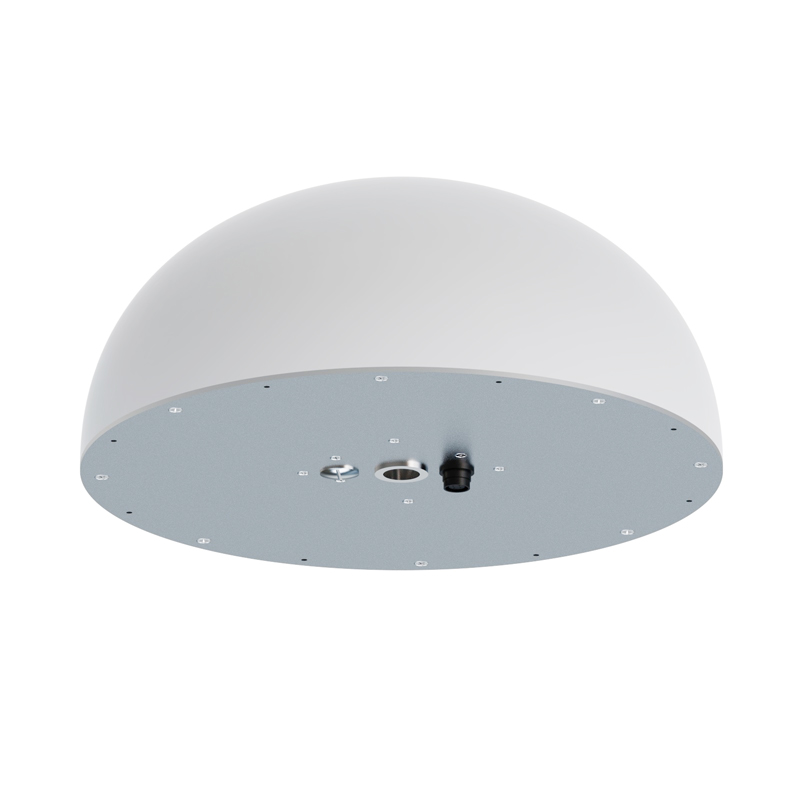Shandong Fengtu IOT Technology Co., Ltd
Sales Manager:Ms. Emily Wang
Cel,Whatsapp,Wechat:+86 15898932201
Email:info@fengtutec.com
Add:No. 155 Optoelectronic Industry Accelerator, Gaoxin District, Weifang, Shandong, China

Sales Manager:Ms. Emily Wang
Cel,Whatsapp,Wechat:+86 15898932201
Email:info@fengtutec.com
Add:No. 155 Optoelectronic Industry Accelerator, Gaoxin District, Weifang, Shandong, China

Model:FT-GS1
Brand:fengtu
1.GNSS Receivers Product Introduction
GNSS Receivers are millimeter-level displacement monitoring products that use differential RTK technology. They can be widely used in engineering fields such as dam safety monitoring, bridge health detection, and landslide warning. The product has high precision, high stability, and real-time data transmission capabilities, and can accurately monitor the tiny displacement changes of targets in various complex environments. The GNSS displacement station is simple to operate and install, and can be remotely monitored and analyzed for data, providing strong protection for engineering safety. In addition, its powerful data processing capabilities and compatibility enable the product to be easily integrated into various monitoring systems, realize data sharing and integration, and provide a comprehensive and efficient solution for engineering safety monitoring.
2. GNSS Receivers Product Parameters
Sensor parameters:
1.Sensor power supply: DC10V-15V
2.Sensor power consumption: 0.25W
3. Static accuracy (differential mode): horizontal ± (2.5mm + 1ppm), vertical ± (5mm + 1ppm)
4.☆Antenna: Choke antenna, magnetic absorbing material, effectively reducing multipath effect
5.☆Communication protocol: Modbus-RTU, supports offline calculation of displacement, vertical and horizontal directions of displacement on the device side
6.Support RTCM3 differential data
7. Dimensions: diameter 360mm height 163mm
8. Working environment: -40°C~+85°C, 0%RH~95%RH (no condensation)
3. GNSS Receivers Product Installation
Installation requirements:
1. There should be no tall buildings around either the base station or the measuring station. If this is unavoidable, they should be at least 20 meters away.
2. The recommended distance between the base station and the measuring station (baseline distance) is less than 500 meters, and the maximum distance is no more than 2 km. They should be installed at the same altitude as much as possible. Too large a distance will cause the longitude to decrease.
3. The base station and the measuring station should be visible to each other as much as possible. If they cannot be completely visible, high walls, buildings, etc. should be avoided.
4. Ensure that the antenna is at the highest point within 20 meters.
5. The installation base should be firm to avoid loss of accuracy due to wind.
6. The height of the data transmission antenna and lora antenna cannot be higher than the measurement antenna, and should be kept as far away from the measurement antenna as possible. To ensure the accuracy of subsequent measurements, you can also contact the company's after-sales video guidance for specific installation matters.
Visibility is a crucial factor in our daily lives and the operations of numerous industries. Weather conditions such as heavy fog and sandstorms can significantly reduce visibility, causing serious impacts on transportation and travel, and are highly likely to trigger traffic accidents. In the aviat...
Underwater Night Vision Goggle utilizes a high-performance third-generation image intensifier and is an electro-optical device specifically designed for observation and search in low-light or no-light underwater environments. It can effectively penetrate dark environments and accurately capture underwater details. Its main applications include underwater rescue in fire and emergency situations, underwater reconnaissance by armed police forces, underwater facility inspection for power companies, forest fire water source exploration, underwater evidence searching for police and public security, and underwater ecological monitoring for forestry and environmental protection....
Fengtu's Meteorological Observation Equipment can monitor key meteorological elements such as air temperature, humidity, light intensity, and soil moisture in real-time. Equipped with high-precision sensors, it allows flexible setting of data collection intervals. Through wireless transmission t...
Agricultural Weather Stations are small automatic weather stations specifically designed for agricultural ecological environments, aimed at monitoring the energy and material exchange between agricultural production environments and agricultural organisms.They can monitor various meteorological elem...